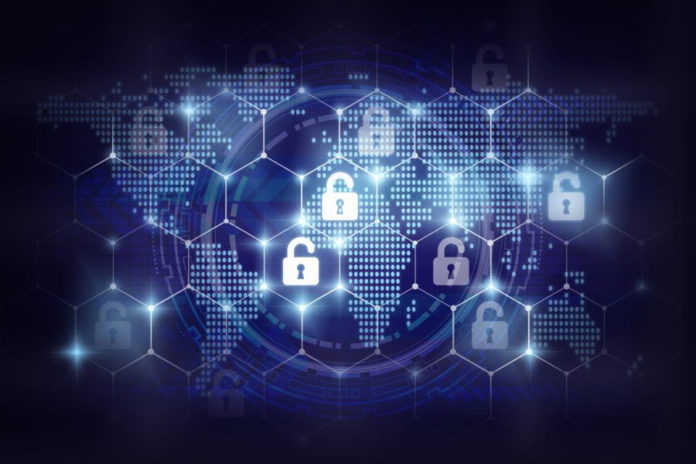
Cybercrime is serious business. The industry of cyber security is anticipated to be worth $300 billion by 2024. Clearly, a lot of companies are spending quite a bit of money to protect their data – and for good reason as the annual cost of cybercrime is anticipated to reach $6 trillion by 2021.
While the media tends to focus on the massive breaches such as Yahoo’s three billion accounts hacked in 2013, small businesses are actually targeted in half of all cyberattacks. While attacks can be very difficult to combat, there are a lot of preventative measures that can be taken.
Here’s our suggestions to stay as safe as possible online:
- Make sure all websites you visit are verified
- Safeguard your account access information
- Report any unauthorized transactions as quickly as possible
- Make sure your contact information is up to date
- Ensure your computer’s operating system is up to date. Older operating systems are more vulnerable to hackers
Install anti-virus software
Activate your computer’s firewall – this helps block suspicious people and websites from gaining access to your account
Install anti-spyware software
- Avoid using public computers – they may contain malware
- Only use wireless networks you trust – public WiFi networks often have reduced security
- Be careful opening suspicious emails from unfamiliar names or companies
- Especially don’t open any links on emails that you are unsure of
- Check email and account statements periodically for unusual activity
While all of these tips are crucial reminders for preventing fraud, cyber security is changing fast, technologically. As hackers become more advanced, cyber security products are as well. One of the biggest security measures to come about in recent years is two-factor authentication. While this isn’t extremely complex technologically, it adds another level of security beyond simply entering a password to log in. The authentication tokens may be a key fob, or even a mobile app that generates one-time passwords, further solidifying the person logging in.
Another intriguing new technology in the cyber security world is blockchain. A blockchain is initiated by the creation of a “block” by a party to a transaction. That block is then verified by thousands of computers around the web. The verified block is then added to a chain stored across the web. This creates a unique record with a unique history.
According to Forbes, there are multiple ways that this technology can be used to help prevent cybercrimes, including decentralized data storage and “Internet of Things” security. Internet of Things is essentially a system that allows data to be sent between networks without any human input.
In order for a hacker to break into and steal data within a block chain, they would have to destroy the entire network, which in this case could be thousands or millions of computers. This in a sense decentralizes the data, which means that “hackers no longer have a single point of entry, nor can they access entire repositories of data in the event that they do get in.”
Blockchain could allow Internet of Things’ devices to form its own “consensus regarding the normal occurrences within a given network and lockdown any nodes that behave suspiciously.”
These possibilities are turning into reality as large companies (mostly large banks) are pouring millions of dollars into these blockchain technologies.
Interested in learning more about cybersecurity? Reach out to us at todd@sustainablewealthmgt.com.
Kyle Winborne is a Client Service Associate at Vancouver-based investment management and financial planning firm Sustainable Wealth Management


